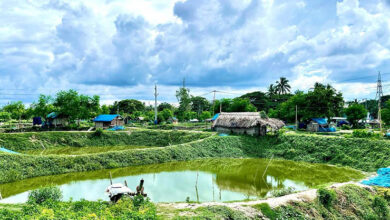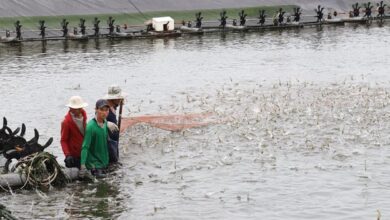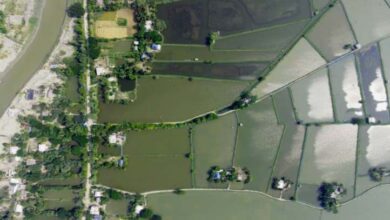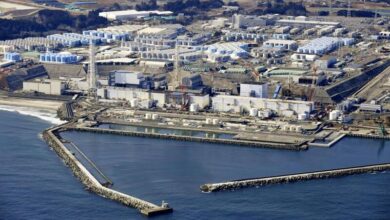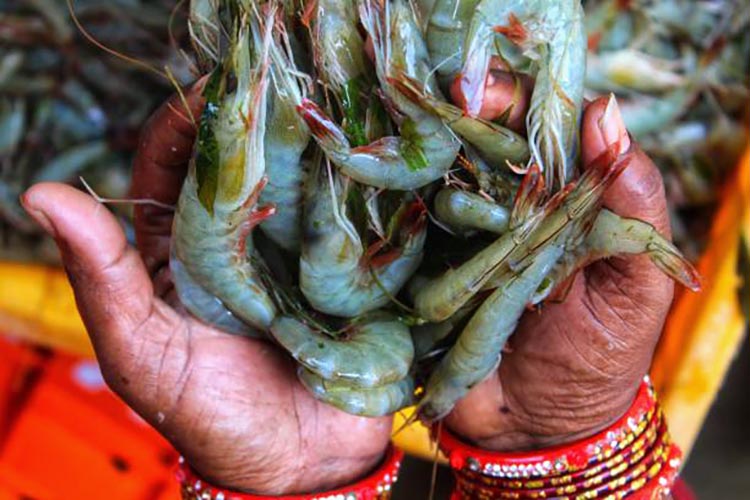
The Union Minister of Fisheries, Animal Husbandry, and Dairying, Parshotam Rupala, introduced three nationwide flagship programs at the ICAR-CIBA campus in Chennai to encourage the development of India’s aquaculture industry.
These include the Indian White Shrimp Genetic Improvement Program, the National Fish Disease Surveillance Program, and an aquaculture insurance product.
The Indian Blue Revolution has resulted in significant advancements in the fisheries and aquaculture industries. It is anticipated that these industries will have a significant impact on the Indian economy, as they are regarded as “sunrise sectors.” Approximately 16 million fishers, fish producers, and tens of thousands of individuals along the value chain depend on the fishing industry for their livelihoods.
Fish and seafood production in India amounts to 14.73 million metric tons, making it the third-largest fish producer in the world. According to The Hindu, Indian Shrimp is mostly imported from China and the USA. India traded 893,644 tons of shrimp to the United States in 2021, which was a 20 percent increase from the previous year.
Although the Indian fish and aquaculture industry has achieved a great deal of success, it confronts significant obstacles, particularly in the area of disease management. Each year, the country losses roughly 7200 crores (over 1 billion USD) due to diseases in that sector.
Furthermore, shrimp farming involves substantial investments in infrastructure, and approximately ten lakh families are indirectly connected to the industry, resulting in around two lakh farms. PIB reports that disease outbreaks could have severe consequences for the industry as well as for the livelihoods of those affected.
Previously PM Modi launched the Pradhan Mantri Matsya Sampada Yojana (PMMSY) in 2020, which aims to increase shrimp production to 1.4 million tons by 2024. Therefore, the government hopes that the current three national flagship programs will increase shrimp production as well.
However, the three flagship programs aim to enhance native species, provide insurance coverage for farmers, and strengthen disease surveillance in the Indian aquaculture industry.
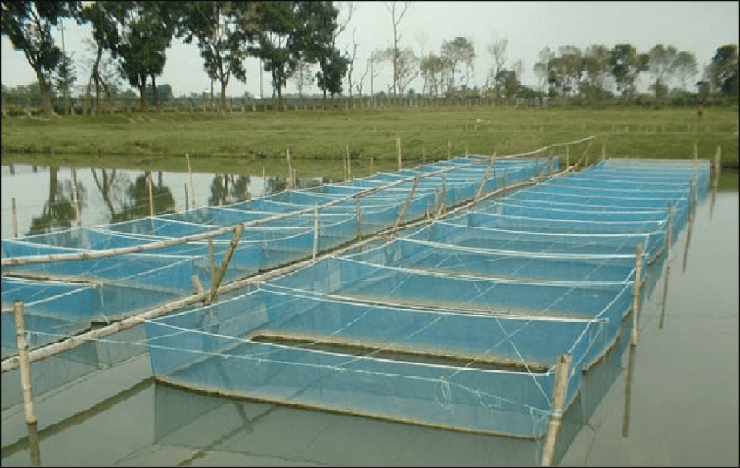
The government plans to implement these programs to increase shrimp farmers’ incomes, reduce their financial burden, and contribute to the economy of the country as a whole.
As a first program, the Customized Genetic Improvement Program for Indian White Shrimps aims to reduce the nation’s dependency on exotic Pacific white shrimp species (Penaeus Vannamei), which contain specific pathogens.
Using genetic improvement, this program will make Indian white shrimp more commercially viable, disease-resistant, and productive.
The second program is ICAR-CIBA’s Shrimp Crop Insurance program. In this program, shrimp farmers receive insurance that helps them against natural disasters, diseases, and other uncertainties. The insurance program can benefit shrimp producers by lowering their burden of debt and encouraging them to spend more on shrimp cultivation.
Lastly, the National Surveillance Program for Aquatic Animal Diseases (NSPAAD) strengthens disease surveillance among farmers.
In 2013, the Indian government implemented the NSPAAD with an emphasis on strengthening farmer-based disease surveillance. PIB reports that the program’s first phase has reduced revenue losses and increased exports, as well as farmers’ incomes.
Hence, NSPAAD: Phase-II has been sanctioned by the government under the Pradhan Mantri Matsya Sampada Yojana. And the project will be implemented in all provinces of India, and its aims include improving disease testing facilities and diagnostics, as well as developing contingency plans to deal with disease outbreaks.
Overall, controlling the spread of diseases and minimizing financial losses requires early detection, and effective management which are crucial. The Indian fish and aquaculture industry must therefore prioritize disease management methods, including rapid identification along with efficient control.
Therefore, it is hoped that the three-flagship program will chart a new course of Success in India’s aquaculture sector.
Jaber Bin Abdul Bari
Department of Oceanography, NSTU

